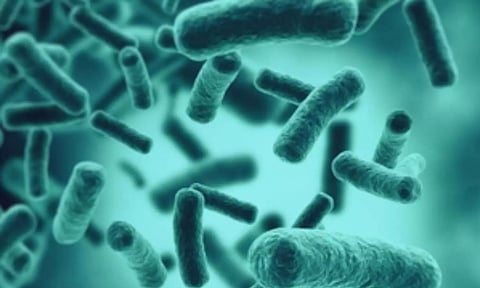

LONDON: A team of scientists has discovered 35 new species of bacteria, some of which can cause infections in humans.
The team from the University of Basel and the University Hospital Basel in Switzerland has been collecting and analysing patient samples containing such unknown germs since 2014.
Overall, the team analysed 61 unknown bacterial pathogens found in blood or tissue samples from patients with a wide range of medical conditions.
Conventional laboratory methods, such as mass spectroscopy or sequencing a small part of the bacterial genome, had failed to produce results for all these isolates. That is why the researchers sequenced the complete genetic material of the bacteria using a method that has only been available for a few years.
They then compared the identified genome sequences with known strains in an online tool.
Out of 61 analysed bacteria, 35 were previously unknown. The researchers classified the remaining 26 strains as hard to identify -- either their genome sequences had only been added to databases recently or a correct taxonomic description of the pathogens had only been created a very short time ago.
An evaluation of the patient data showed that seven out of the 35 new strains were clinically relevant, meaning that they can cause bacterial infections in humans.
"Such direct links between newly identified species of bacteria and their clinical relevance have rarely been published in the past," said microbiologist Dr. Daniel Goldenberger from the varsity.
Most of the newly identified species belong to the Corynebacterium and Schaalia genera, both gram-positive bacilli.
"Many species in these two genera are found in the natural human skin microbiome and the mucosa.
This is why they are frequently underestimated, and research into them is sparse, said Goldenberger.
They can, however, cause infections when they enter into the bloodstream -- due to a tumour, for example.
Bacterial infections can be treated more efficiently if the cause of the disease is known.
In most cases, all it takes to identify a pathogen is an analysis in a medical laboratory.
Sometimes, however, the standard methods are insufficient -- for example, if the species of bacteria has not yet been classified or is particularly difficult to grow.